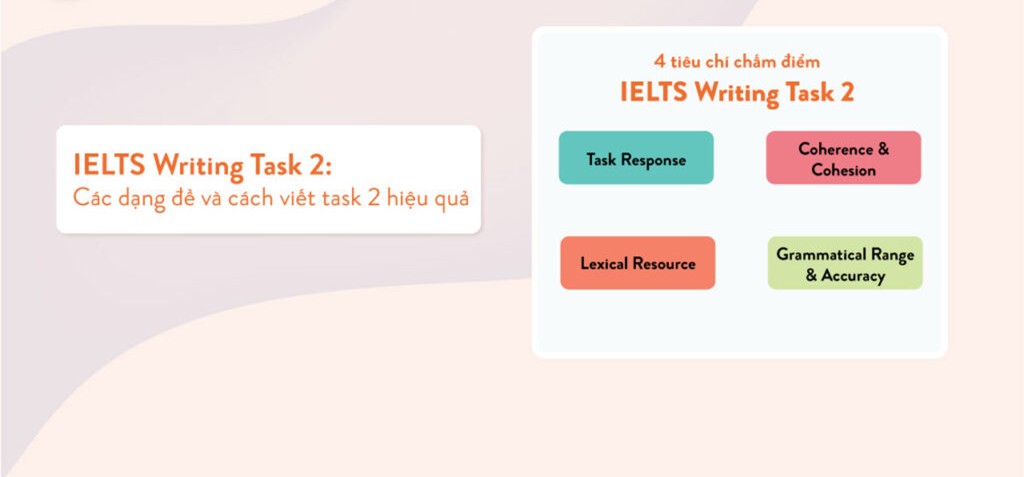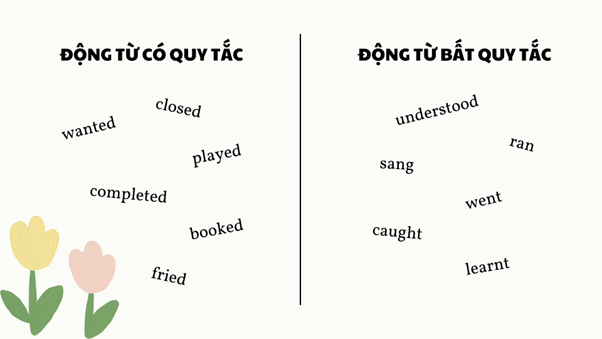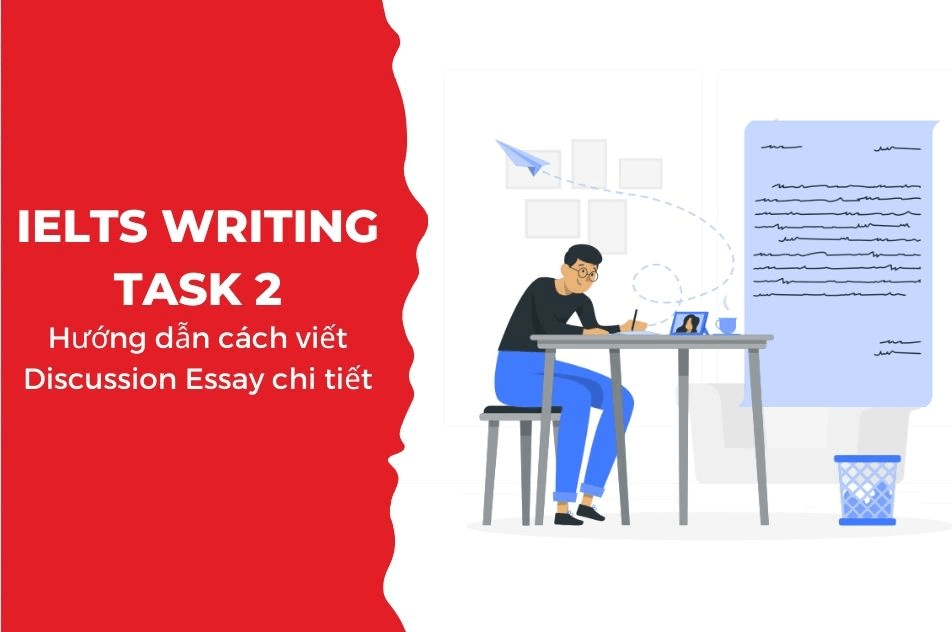Dạng bài Sentence Completion trong IELTS xuất hiện khá phổ biến trong IELTS và không quá “đánh đố” thí sinh. Đặc biệt, trong IELTS Reading, đây cũng là dạng bài thường gặp và được đánh giá là dễ. Vậy hãy cùng tìm hiểu về dạng bài này và các bước làm bài nhé!
Giới thiệu về dạng bài Sentence Completion trong IELTS Reading

Dạng bài này yêu cầu thí sinh phải điền câu trả lời vào chỗ trống, câu trả lời đó được yêu cầu bằng một số từ nhất định, ví dụ: ‘ONE WORD ONLY’ hay ‘NO MORE THAN TWO WORDS’. Cũng như nhiều dạng bài khác, nếu bạn viết nhiều hơn số từ yêu cầu sẽ bị mất điểm.
Ngoài ra, các câu hỏi theo thứ tự như thông tin trong đoạn văn: nghĩa là, câu trả lời cho câu hỏi đầu tiên trong nhóm này sẽ được tìm thấy trước câu trả lời cho câu hỏi thứ hai,…
Các bước chinh phục dạng bài Sentence Completion IELTS Reading
Bước 1: Đọc kỹ đề bài
Đầu tiên, thí sinh cần đọc thật kỹ phần hướng dẫn và lưu ý cụm từ được in đậm. Đề bài sẽ cho biết bạn được phép điền tối đa bao nhiêu từ vào chỗ trống.
Ví dụ:
ONE WORD ONLY: Chỉ chọn duy nhất 1 từ để điền vào chỗ trống.
NO MORE THAN TWO WORDS: Chỉ được điền không quá 2 từ. Bạn có thể điền 1 hoặc 2 từ nhưng không quá 2.
Lưu ý rằng, những từ có dấu gạch nối sẽ được tính là 1 từ. Điển hình như: time-saving, hard-working, heart-shape, life-changing …
Bước 2: Đọc hiểu câu hỏi và gạch chân các từ khóa (keywords)
Hãy gạch chân những từ khóa quan trọng giúp việc tìm kiếm thông tin được dễ dàng hơn. Đặc biệt lưu ý những từ khóa khó thay thế như số, tên riêng. Điều này sẽ giúp bạn tìm kiếm thông tin trong bài đọc nhanh chóng và dễ dàng hơn.
Bước 3: Dự đoán từ cần điền
Bạn cũng có thể dự đoán thông tin cần điền dựa trên cấu trúc ngữ pháp và nội dung, ngữ cảnh của cả câu.
Xác định từ cần điền thuộc loại từ (danh từ/động từ/tính từ/… ) nào sẽ giúp bạn tránh mắc sai lầm khi lựa chọn từ cần điền đó.
Bước 4: Định vị thông tin cần tìm trong bài đọc và tìm đáp án
Ở bước này, bạn cần đọc đoạn văn để định vị thông tin chứa từ cần điền. Phương pháp Scanning sẽ giúp bạn rất nhiều trong bước này để tiết kiệm thời gian và có được đáp án chính xác. Bạn có thể không cần phải hiểu từng từ trong đoạn văn, bạn chỉ cần khoanh vùng những thông tin cần thiết giúp bạn trả lời những câu hỏi. Hãy chú ý đến những từ đồng nghĩa hoặc cách diễn đạt khác của keywords trong bài.
Bước 5: Kiểm tra lại toàn bộ đáp án
Điền đáp án vào câu để tạo thành một câu hoàn chỉnh. Đừng quên kiểm tra lại ngữ pháp và chính tả (danh từ số ít, số nhiều) cũng như số từ bạn điền đã đúng giới hạn từ đề bài yêu cầu hay chưa
Thực hành
/Cambridge IELTS 13 Reading Test 04/
SAVING THE SOIL
More than a third of the Earth’s top layer is at risk. Is there hope for our planet’s most precious resource?
A
More than a third of the world’s soil is endangered, according to a recent UN report. If we don’t slow the decline, all farmable soil could be gone in 60 years. Since soil grows 95% of our food, and sustains human life in other more surprising ways, that is a huge problem.
B
Peter Groffman, from the Cary Institute of Ecosystem Studies in New York, points out that soil scientists have been warning about the degradation of the world’s soil for decades. At the same time, our understanding of its importance to humans has grown. A single gram of healthy soil might contain 100 million bacteria, as well as other microorganisms such as viruses and fungi, living amid decomposing plants and various minerals.
That means soils do not just grow our food, but are the source of nearly all our existing antibiotics, and could be our best hope in the fight against antibiotic-resistant bacteria. Soil is also an ally against climate change: as microorganisms within soil digest dead animals and plants, they lock in their carbon content, holding three times the amount of carbon as does the entire atmosphere. Soils also store water, preventing flood damage: in the UK, damage to buildings, roads and bridges from floods caused by soil degradation costs £233 million every year.
C
If the soil loses its ability to perform these functions, the human race could be in big trouble. The danger is not that the soil will disappear completely, but that the microorganisms that give it its special properties will be lost. And once this has happened, it may take the soil thousands of years to recover.
Agriculture is by far the biggest problem. In the wild, when plants grow they remove nutrients from the soil, but then when the plants die and decay these nutrients are returned directly to the soil. Humans tend not to return unused parts of harvested crops directly to the soil to enrich it, meaning that the soil gradually becomes less fertile. In the past we developed strategies to get around the problem, such as regularly varying the types of crops grown, or leaving fields uncultivated for a season.
D
But these practices became inconvenient as populations grew and agriculture had to be run on more commercial lines. A solution came in the early 20th century with the Haber-Bosch process for manufacturing ammonium nitrate. Farmers have been putting this synthetic fertiliser on their fields ever since.
But over the past few decades, it has become clear this wasn’t such a bright idea. Chemical fertilisers can release polluting nitrous oxide into the atmosphere and excess is often washed away with the rain, releasing nitrogen into rivers. More recently, we have found that indiscriminate use of fertilisers hurts the soil itself, turning it acidic and salty, and degrading the soil they are supposed to nourish.
E
One of the people looking for a solution to his problem is Pius Floris, who started out running a tree-care business in the Netherlands, and now advises some of the world’s top soil scientists. He came to realise that the best way to ensure his trees flourished was to take care of the soil, and has developed a cocktail of beneficial bacteria, fungi and humus* to do this. Researchers at the University of Valladolid in Spain recently used this cocktail on soils destroyed by years of fertiliser overuse. When they applied Floris’s mix to the desert-like test plots, a good crop of plants emerged that were not just healthy at the surface, but had roots strong enough to pierce dirt as hard as rock. The few plants that grew in the control plots, fed with traditional fertilisers, were small and weak
F
However, measures like this are not enough to solve the global soil degradation problem. To assess our options on a global scale we first need an accurate picture of what types of soil are out there, and the problems they face. That’s not easy. For one thing, there is no agreed international system for classifying soil. In an attempt to unify the different approaches, the UN has created the Global Soil Map project. Researchers from nine countries are working together to create a map linked to a database that can be fed measurements from field surveys, drone surveys, satellite imagery, lad analyses and so on to provide real-time data on the state of the soil. Within the next four years, they aim to have mapped soils worldwide to a depth of 100 metres, with the results freely accessible to all.
G
But this is only a first step. We need ways of presenting the problem that bring it home to governments and the wider public, says Pamela Chasek at the International Institute for Sustainable Development, in Winnipeg, Canada. ‘Most scientists don’t speak language that policy-makers can understand, and vice versa.’ Chasek and her colleagues have proposed a goal of ‘zero net land degradation’. Like the idea of carbon neutrality, it is an easily understood target that can help shape expectations and encourage action.
For soils on the brink, that may be too late. Several researchers are agitating for the immediate creation of protected zones for endangered soils. One difficulty here is defining what these areas should conserve: areas where the greatest soil diversity is present? Or areas of unspoilt soils that could act as a future benchmark of quality?
Whatever we do, if we want our soils to survive, we need to take action now.
Questions 14-17
Complete the summary below.
Write ONE WORD ONLY from the passage for each answer.
Write your answers in boxes 14-17 on your answer sheet.
Why soil degradation could be a disaster for humans
Healthy soil contains a large variety of bacteria and other microorganisms, as well as plant remains and 14 ……………………….. It provides us with food and also with antibiotics, and its function in storing 15 …………………………. has a significant effect on the climate. In addition, it prevents damage to property and infrastructure because it holds 16……………………………
If these microorganisms are lost, soil may lose its special properties. The main factor contributing to soil degradation is the 17………………………….. carried out by humans.
| LƯU Ý: CHỈ ĐƯỢC PHÉP ĐIỀN 1 TỪ | |
| 14. Healthy soil contains a large variety of bacteria and other microorganisms, as well as plant remains and ………………………..
→ Keywords for this question: bacteria, microorganisms, plant remains → Loại từ cần điền: Danh từ |
Paragraph B, lines 4-6.
“A single gram of healthy soil might contain 100 million bacteria, as well as other microorganisms such as viruses and fungi, living amid decomposing plants and various minerals” → decomposing plants = plant remains → ĐÁP ÁN: minerals |
| 15. It provides us with food and also with antibiotics, and its function in storing …………………………. has a significant effect on the climate.
→ Keywords for this question: food, antibiotics, storing, effect on the climate → Loại từ cần điền: Danh từ |
Paragraph B, lines 9-11:
“Soil is also an ally against climate change as microorganisms within soil digest dead animals and plants, they lock in their carbon content, holding three times the amount of carbon as does the entire atmosphere.” → holding store; an ally against climate change = a significant effect on climate change → ĐÁP ÁN: carbon |
| 16. In addition, it prevents damage to property and infrastructure because it holds ……………………………
→ Keywords for this question, prevent damage, property, infrastructure, holds → Loại từ cần điền: Danh từ |
Paragraph B, lines 11-13.
“… Soils also store water, preventing flood damage in the UK, damage to buildings, roads and bridges from floods caused by soil degradation costs £233 million every year” → property and infrastructure = buildings, roads and bridges → holds = store → ĐÁP ÁN: water |
| 17. the main factor contributing to soil degradation is the …………….. carried out by humans
→ Keywords for this question: main factor, soil degradation, carried out by humans → Loại từ cần điền: Danh từ
|
Paragraph C, lines 5-9.
“Agriculture is by far the biggest problem Humans tend not to return unused parts of harvested crops directly to the soil to enrich it, meaning that the soil gradually becomes less fertile” → biggest problem = the main factor → Soil degradation = soil gradually becomes less fertile → ĐÁP ÁN: agriculture
|
Lời kết
Như vậy, ENVIS đã giúp các bạn hiểu hơn về cách xử lý khi gặp dạng bài Sentence Completion trong IELTS Reading cũng như thực hành dạng bài này. Ngoài ra các bạn cũng có thể tham khảo chiến thuật làm các dạng bài IELTS khác trên websites của ENVIS. Chúc các bạn học tập tốt!













